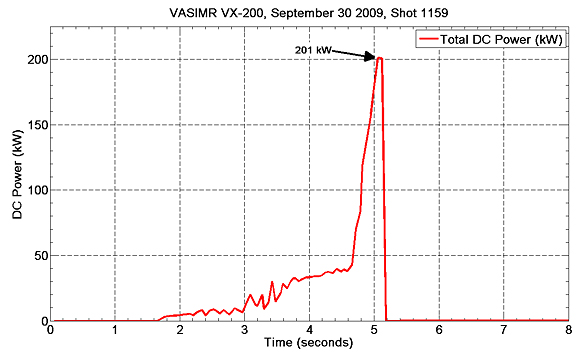J
jakethesnake
Guest
I am a huge fan of VASIMR; I am eagerly awaiting the test results on the second stage ramp-up to 200kW.
I am a little worried at this point, Ad Astra was supposed to start testing the second stage at the end of July and so far not a peep?
I have been keeping a very close eye on VASIMR, which stands for Variable Specific Impulse Magnetoplasma Rocket and is being developed by a company called Ad-Astra, although there are a few topics related to VASIMR here, they are mostly hypothetical and I tend to like to live in the here and now.
Link to Ad Astra:
http://www.adastrarocket.com/home1.html
Ad Astra does post new information periodically, but most of the current information I get is through people having inside contacts or key people being interviewed.
I will try to post anything new that I find and I would definitely appreciate any new insight and or information about VASIMR.
Thanks.
I am a little worried at this point, Ad Astra was supposed to start testing the second stage at the end of July and so far not a peep?
I have been keeping a very close eye on VASIMR, which stands for Variable Specific Impulse Magnetoplasma Rocket and is being developed by a company called Ad-Astra, although there are a few topics related to VASIMR here, they are mostly hypothetical and I tend to like to live in the here and now.
Link to Ad Astra:
http://www.adastrarocket.com/home1.html
Ad Astra does post new information periodically, but most of the current information I get is through people having inside contacts or key people being interviewed.
I will try to post anything new that I find and I would definitely appreciate any new insight and or information about VASIMR.
Thanks.




